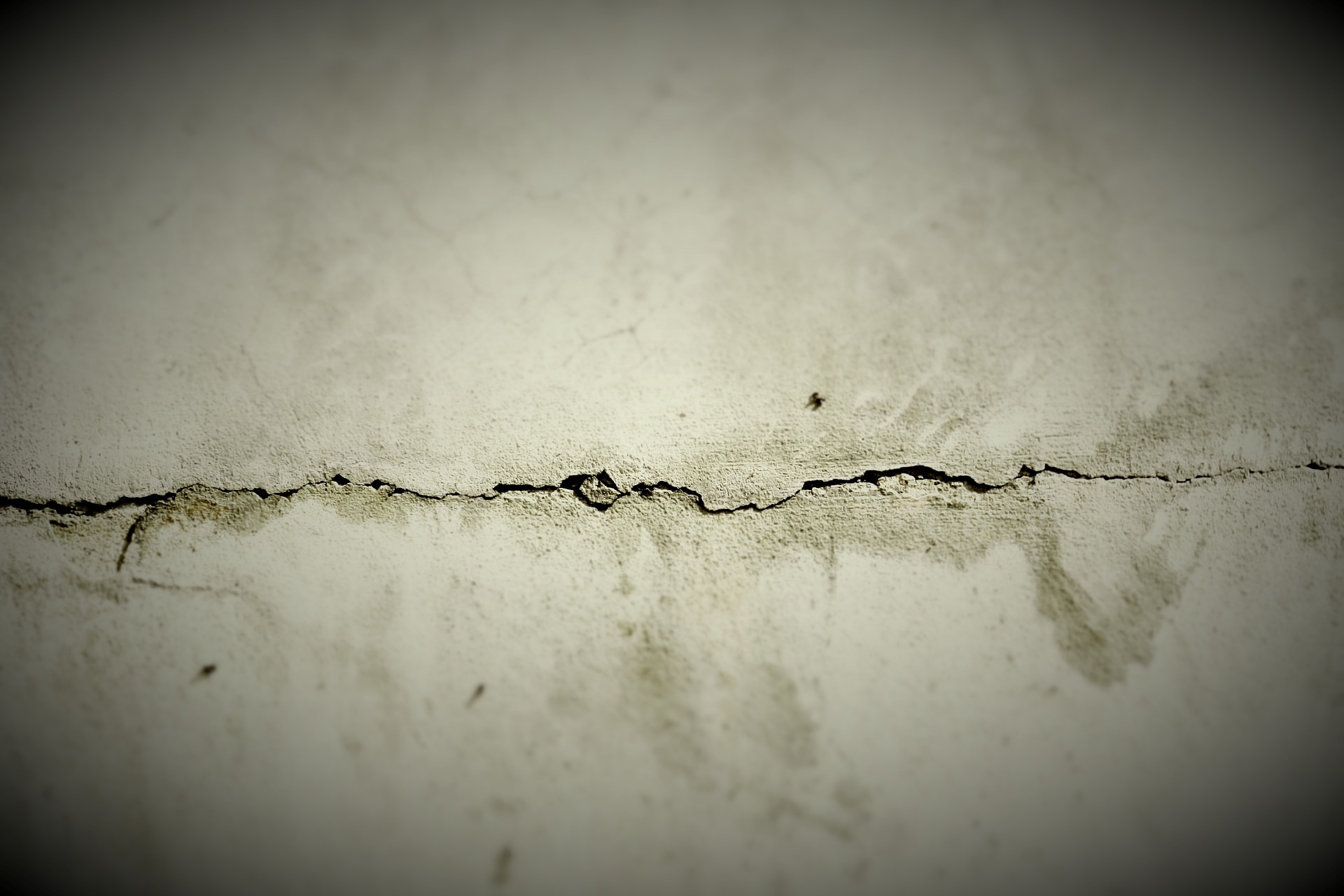Learn more about wall restoration
Wall restoration is an essential process for maintaining the structural integrity and aesthetic appeal of your home. Whether dealing with cracks, water damage, or general wear and tear, understanding the techniques and options available can help you make informed decisions about preserving your walls. This comprehensive guide explores the methods, materials, and considerations involved in bringing damaged walls back to their original condition.

Revitalize your walls today with proper assessment
Before beginning any restoration project, a thorough assessment of the wall damage is crucial. Different types of damage require specific approaches. Hairline cracks may indicate settling, while larger fissures could signal foundation issues. Water stains often point to moisture problems that need addressing before cosmetic repairs. Peeling paint or plaster suggests underlying adhesion issues or humidity concerns. Professional inspectors can identify hidden problems such as mold growth behind walls or structural weaknesses that aren’t immediately visible. Taking time to properly diagnose the issue ensures that repairs address root causes rather than just covering symptoms, preventing recurring damage and saving money in the long run.
Discover expert restoration techniques for lasting results
Professional wall restoration employs various specialized techniques depending on the damage type and wall material. For plaster walls, the three-coat method remains the gold standard, involving scratch coat, brown coat, and finish coat applications. Drywall repairs range from simple patching with joint compound for small holes to complete panel replacement for extensive damage. Skim coating provides a smooth surface over textured or damaged walls, creating a fresh canvas for painting. For historic homes, traditional lime plaster techniques preserve authenticity while ensuring compatibility with original materials. Professionals also use advanced methods like injection grouting for stabilizing loose plaster and specialized bonding agents that ensure new materials adhere properly to old surfaces, creating seamless repairs that withstand time.
Enhance your home’s appearance through material selection
Choosing appropriate materials significantly impacts both the appearance and longevity of wall restoration. Modern joint compounds come in various formulations, including lightweight options for easier application and setting-type compounds for faster project completion. Plaster options range from traditional gypsum-based products to specialized lime plasters for historic restoration. Primer selection matters tremendously, with stain-blocking primers preventing water marks from bleeding through and bonding primers ensuring paint adheres to challenging surfaces. Texture matching requires careful product selection, whether recreating knockdown, orange peel, or smooth finishes. Quality materials cost more initially but provide superior durability, better coverage, and professional-looking results that enhance your home’s overall value and visual appeal.
Transform damaged surfaces with step-by-step restoration
Successful wall restoration follows a systematic approach that ensures quality results. The process begins with thorough surface preparation, including removing loose material, cleaning away dust and debris, and treating any mold or mildew. Next comes applying appropriate primers to seal surfaces and improve adhesion. Filling cracks and holes requires proper technique, applying compound in thin layers and allowing adequate drying time between coats. Sanding smooths repaired areas, creating flush transitions with surrounding surfaces. Texture matching challenges even experienced professionals, often requiring practice on sample boards before applying to walls. Final steps include priming repaired areas again before painting, ensuring color consistency across the entire surface. Patience during each phase prevents common problems like cracking, bubbling, or visible repair lines.
Explore professional wall care options and service providers
Homeowners face the decision between DIY restoration and hiring professionals. Simple repairs like small holes or minor cracks suit DIY approaches with readily available materials and online tutorials. However, extensive damage, structural concerns, or historic homes benefit from professional expertise. Licensed contractors bring specialized tools, materials knowledge, and techniques that ensure lasting repairs. When selecting service providers, verify licensing and insurance, request references from previous clients, and obtain detailed written estimates. Many contractors specialize in specific restoration types, such as plaster repair, water damage remediation, or historic preservation. Local building codes may require permits for certain repairs, particularly those involving structural elements. Professional services typically include warranties guaranteeing their work, providing peace of mind and protection for your investment.
| Service Type | Typical Provider | Cost Estimation |
|---|---|---|
| Small hole repair (DIY materials) | Hardware stores | $15 - $50 |
| Minor crack repair (professional) | General contractors | $100 - $300 |
| Room skim coating | Plastering specialists | $400 - $1,200 |
| Extensive plaster restoration | Historic restoration experts | $2,000 - $8,000 |
| Water damage wall replacement | Damage restoration companies | $1,500 - $5,000 |
Prices, rates, or cost estimates mentioned in this article are based on the latest available information but may change over time. Independent research is advised before making financial decisions.
Maintaining restored walls for long-term preservation
Once restoration completes, proper maintenance extends the life of repairs and prevents future damage. Regular inspections help catch small problems before they escalate into major issues. Address moisture sources promptly, as water remains the primary enemy of wall integrity. Maintain consistent indoor humidity levels between 30-50 percent to prevent plaster cracking or drywall deterioration. Clean walls gently using appropriate methods for different finishes, avoiding harsh chemicals that damage surfaces. Touch up paint as needed to protect underlying materials from moisture and wear. Monitor areas around windows, doors, and plumbing fixtures where leaks commonly develop. Exterior maintenance, including proper grading and gutter function, prevents water intrusion that damages interior walls. Investing time in preventive care protects your restoration investment and maintains your home’s beauty and value for years to come.
Wall restoration combines technical skill, appropriate materials, and systematic processes to return damaged surfaces to pristine condition. Whether tackling minor repairs independently or engaging professionals for extensive restoration, understanding the methods and considerations involved empowers homeowners to make informed decisions. Proper assessment, quality materials, correct techniques, and ongoing maintenance ensure that restored walls remain beautiful and structurally sound, enhancing your home’s comfort and value while preserving its character for future generations.


